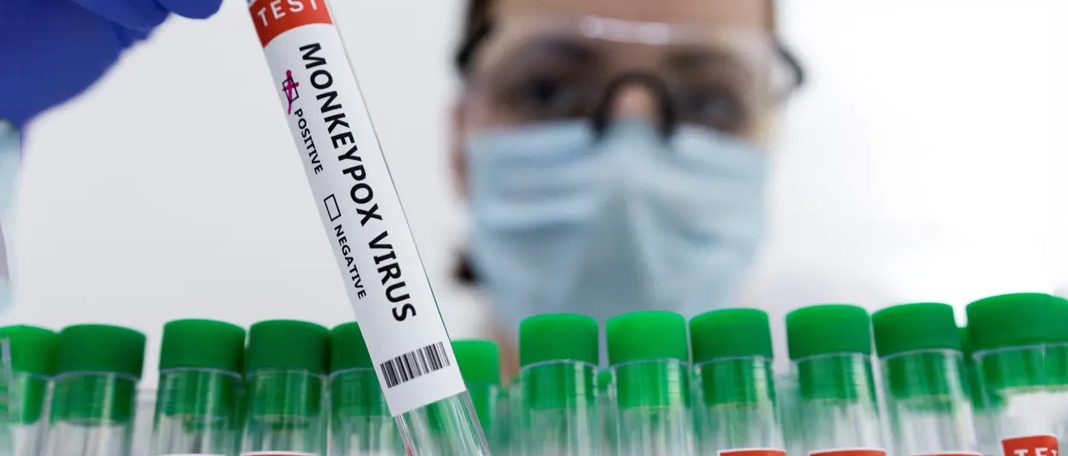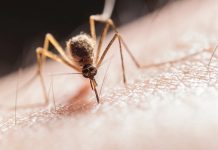What is Monkeypox?
Monkeypox is a viral infection discovered in 1958 among caged monkeys used for a study. Though it was originally found in monkeys, the source of the disease remains unknown. Smallpox and monkeypox are relatively similar, but monkeypox is less severe and has a reduced risk of death.
In 1970, the first instance of monkeypox in a human was documented. Initially, most of the monkeypox cases were reported from Africa. Cases were very rarely reported outside of it but come 2022, the situation changed.
The 2022 breakout of monkeypox has a majority of cases outside of Africa, and the possible reason is observed to be international travel and imported pets.
Causes of Monkeypox
Monkeypox spreads through an infected animal or human. Close physical contact with the infected person’s or animal’s blood or body fluids spreads the virus. As far as researchers claim, physical intimacy might carry the virus from one person to another.
Monkeypox Symptoms
The World Health Organization categorizes monkeypox symptoms into two periods: the invasion period and the period when the blisters start appearing.
Invasion period exhibits:
- Fever
- Severe headache
- Chills
- Fatigue
- Back pain
- Asthenia, where there is a drop in energy.
These symptoms may take a minimum of about 5 to 13 days to appear after the virus invades the body.
A person who has contracted the virus may notice a rash-like appearance on their skin, which will progress to flat lumps and then blisters with pus. When left untreated, monkeypox leads to further infections like sepsis and bronchopneumonia. In some cases, infection in the cornea leads to partial or complete loss of vision.
Diagnosis
Since monkeypox is an uncommon infection, doctors may mistake it for chickenpox or measles, which can also cause blisters and rash-like symptoms. For a precise diagnosis of the infection, the World Health Organization advises using a Polymerase Chain Reaction test.
Medication
For the treatment of monkeypox, there are no specific drugs. Patients with severe illnesses and weakened immune systems are prescribed medications like Tecovirimat, which is used to treat orthopoxviruses. Medications that address symptoms like headaches and back discomfort are also given sometimes. Symptoms of the virus last for four weeks or more and then slowly reduce in intensity. The rate and chances of cure for monkeypox are quite high.
Vaccines
Since monkeypox is milder but similar to smallpox, the vaccines issued among the public for smallpox help prevent it to some extent. However, generations who never received the smallpox vaccinations due to it being less prevalent, are more prone to infection. They are not equipped with the antibodies necessary.
That said, since monkeypox and smallpox are caused by orthopoxvirus, the vaccine for smallpox might help to some extent against monkeypox. Due to the fewer number of smallpox infections around the world, the availability of vaccines is limited.
Prevention
It is essential to raise awareness among people about the outbreak of monkeypox and the necessity to visit a physician when the symptoms and discomfort persist. Limiting the trade and import of animals might also help in curbing the spread of the infection.
This blog hopes to bring awareness among people and is not a substitute for a doctor. Please visit a doctor immediately, if you have any symptoms of the monkeypox virus.

















